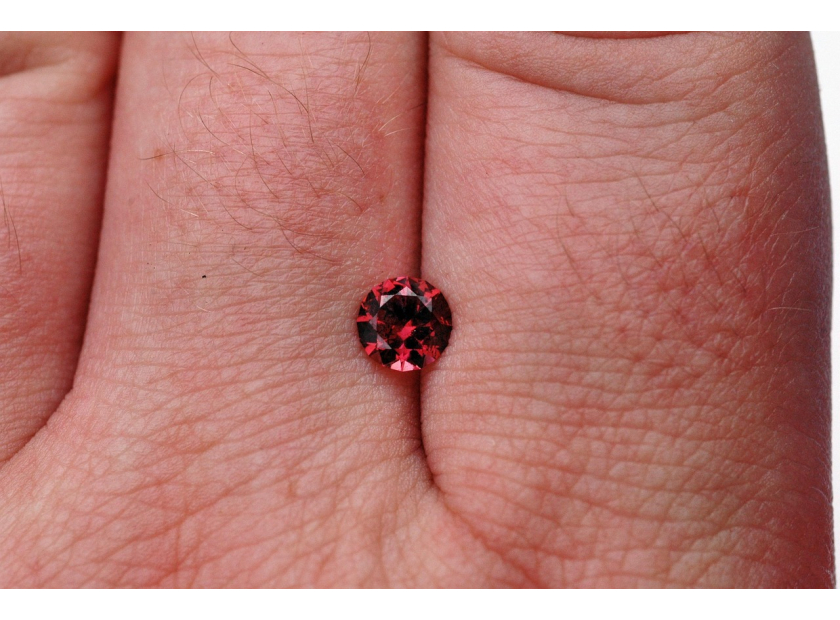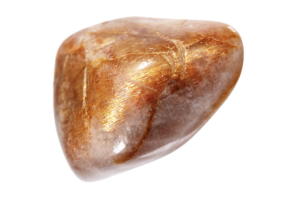USD
/
USD
/
Shipping to:
Currency:
How to Tell If a Garnet Is Real: Easy Ways to Spot Genuine Stones
Garnets are cherished gemstones, admired for their rich hues and historical significance.
However, with the prevalence of imitations on the market, it's important to know how to tell a genuine garnet from a fake.
This guide will walk you through various methods to help you identify the authenticity of your garnet.
Understanding Garnets
What Are Garnets?
Garnets are a group of silicate minerals that have been used since the Bronze Age as gemstones and abrasives.
They come in a variety of colors, with red being the most well-known.
However, garnets can also appear in green, orange, pink, and even rare blues.
If you're drawn to rich colors and natural beauty, check out gemstone engagement rings.
Why Are Garnets Imitated?
Because of their beauty and popularity, garnets are often imitated using glass or synthetic stones.
These imitations can be convincing, which is why it's helpful to know how to tell the difference.
If you're curious about the science behind how gemstones are made, check out how gemstones and diamonds are formed.
Visual Inspection Techniques
Color and Clarity
Natural garnets come in a range of colors, but they usually have a deep, rich tone.
Be cautious of stones that look overly bright or have a uniform appearance, as these might be synthetic.
Real garnets often contain inclusions—tiny natural imperfections—while imitations might appear flawless.
Cut and Shape
Real garnets are typically cut to enhance their natural beauty and are found in classic shapes like ovals or rounds.
Fake or mass-produced stones might have unusual or overly elaborate cuts.
If you like unique, artistic settings, check out non-traditional engagement rings.
Luster and Light Reflection
Hold the stone under a light source.
Authentic garnets have a glass-like (vitreous) luster and reflect light well.
If the stone looks dull or overly shiny, it may be a fake.
Physical Tests
Hardness Test
Garnets rank between 6.5 and 7.5 on the Mohs hardness scale.
This means they can scratch glass but can also be scratched by harder materials.
Try lightly scratching an unglazed ceramic tile with your garnet—real garnets should leave a visible mark.
Magnet Test
Some garnets, due to iron content, may be slightly magnetic.
Try using a strong magnet like a neodymium to test for a reaction.
Not all garnets will react, but some magnetic response may suggest authenticity.
Inclusion Examination
Look through a jeweler's loupe or magnifying glass to spot inclusions.
Natural garnets usually have internal flaws, while synthetics or glass imitations may look too perfect.
Advanced Testing Methods
Refractive Index
Garnets have a specific refractive index between 1.72 and 1.94.
Professionals use a refractometer to test this property, confirming the stone’s identity.
Spectroscope Analysis
Gemologists can use a spectroscope to examine how a garnet absorbs light.
The absorption patterns help identify the stone and separate it from imitations.
If you're weighing your options between natural and synthetic stones, check out lab-grown diamonds vs gemstones.
Seeking Professional Evaluation
If you're still unsure whether your garnet is real, consider having it evaluated by a certified gemologist.
They have the tools and training to give you a clear answer.
And if you're looking for a thoughtful gift, take a look at these gemstone rings crafted with precision and care.
Tips for Purchasing Genuine Garnet Jewelry
Buy from Reputable Sellers
Always choose sellers with strong reviews and a clear return policy.
Ask for Certification
Request a certificate of authenticity from a recognized gem lab.
Be Careful with Pricing
If a deal seems too good to be true, it probably is.
Looking for a symbolic piece to pair with a garnet? Browse timeless diamond wedding rings.
Frequently Asked Questions
How can I tell the difference between a garnet and a ruby?
Garnets usually have a deeper red with brownish tones, while rubies are more vivid with pink or purple hints.
Also, rubies are harder on the Mohs scale compared to garnets.
Do all garnets have inclusions?
Most natural garnets do have inclusions, though some may be clearer than others.
Lack of inclusions doesn't always mean a stone is fake, but it’s something to consider.
Are synthetic garnets common?
Yes, synthetic garnets are widely available and often used in fashion jewelry.
They have the same chemical makeup but aren't formed naturally and are usually less valuable.








